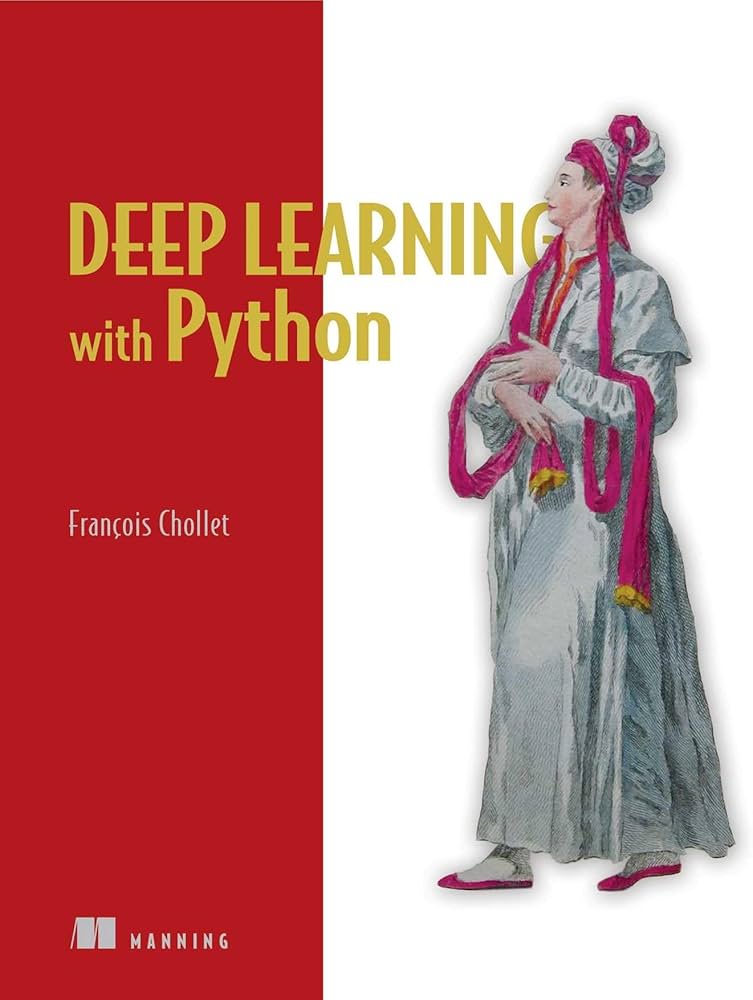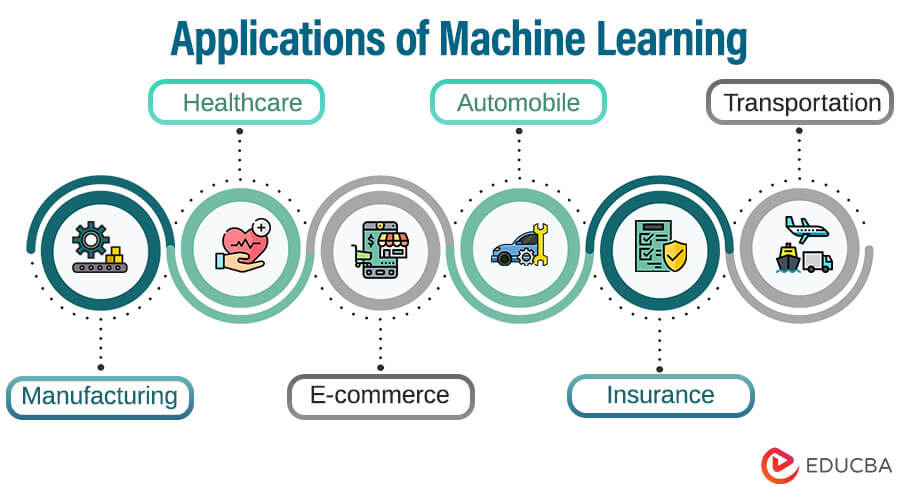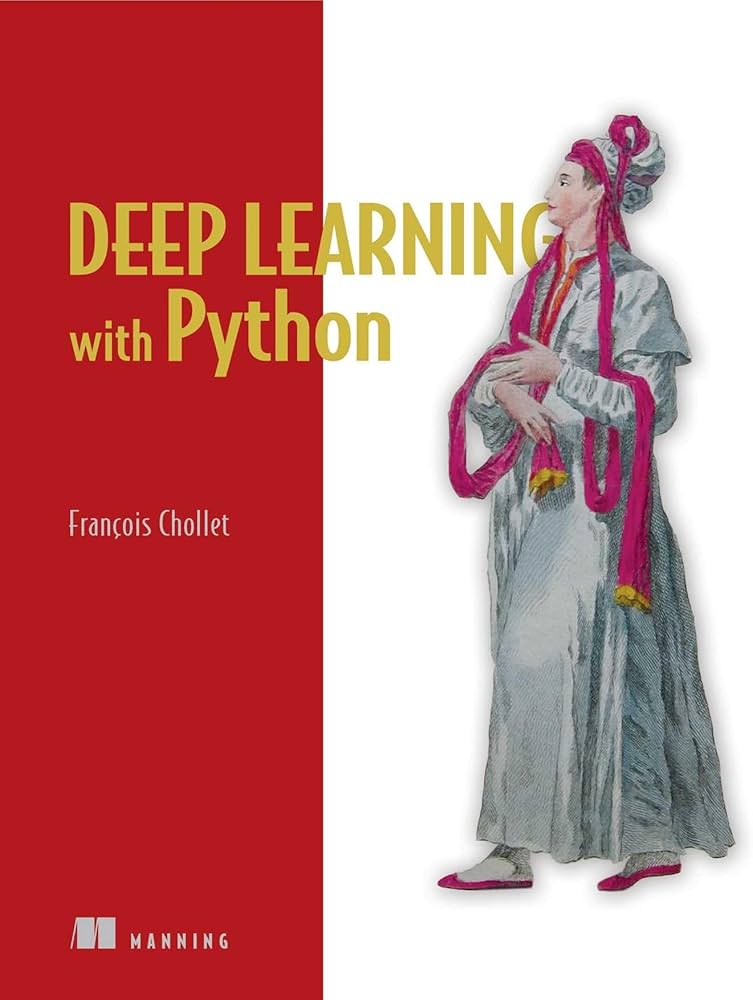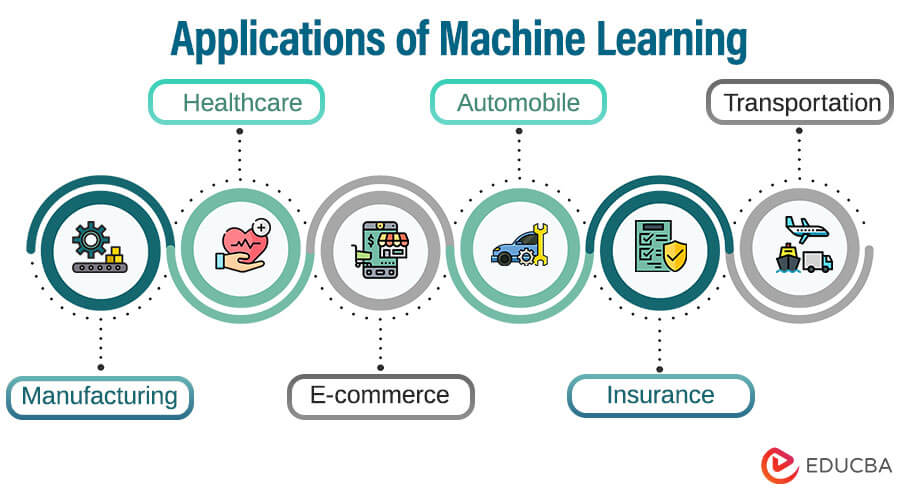
Unlocking the Power of Machine Learning with Python
In today’s rapidly evolving technological landscape, machine learning has emerged as a crucial component of artificial intelligence. With its ability to enable computers to learn from data and make predictions or decisions, machine learning has transformed the way businesses operate and interact with their customers. At the heart of this revolution is Python, a versatile and widely-used programming language that has become the go-to choice for machine learning enthusiasts and professionals alike.
 Image: Machine Learning with Python
Image: Machine Learning with Python
In this article, we will delve into the world of machine learning with Python, exploring its applications, benefits, and the various tools and techniques used to harness its power. We will also examine the role of deep learning in machine learning and how it is being used to drive innovation in fields such as computer vision, natural language processing, and robotics.
The Rise of Machine Learning
Machine learning has been around for decades, but it wasn’t until the 21st century that it began to gain mainstream attention. The proliferation of big data, advances in computing power, and the development of sophisticated algorithms have all contributed to the growth of machine learning. Today, machine learning is being used in a wide range of applications, from image and speech recognition to natural language processing and predictive analytics.
 Image: Machine Learning Applications
Image: Machine Learning Applications
Python: The Language of Choice for Machine Learning
Python has become the language of choice for machine learning due to its simplicity, flexibility, and extensive libraries. The language’s syntax is easy to learn, making it accessible to developers and non-developers alike. Additionally, Python’s vast collection of libraries, including NumPy, pandas, and scikit-learn, provide a comprehensive framework for machine learning tasks.
 Image: Python for Machine Learning
Image: Python for Machine Learning
Deep Learning: A Subset of Machine Learning
Deep learning is a subset of machine learning that involves the use of neural networks to analyze data. Neural networks are composed of multiple layers of interconnected nodes or neurons, which process and transmit information. Deep learning has revolutionized the field of machine learning, enabling computers to learn complex patterns in data and make accurate predictions or decisions.
Image: Deep Learning
Applications of Deep Learning
Deep learning has numerous applications in fields such as computer vision, natural language processing, and robotics. In computer vision, deep learning is used for image recognition, object detection, and image segmentation. In natural language processing, deep learning is used for language translation, sentiment analysis, and text summarization. In robotics, deep learning is used for control and navigation.
 Image: Deep Learning Applications
Image: Deep Learning Applications
Conclusion
Machine learning with Python is a powerful tool for unlocking insights and driving innovation. With its simplicity, flexibility, and extensive libraries, Python has become the language of choice for machine learning enthusiasts and professionals alike. Deep learning, a subset of machine learning, has revolutionized the field, enabling computers to learn complex patterns in data and make accurate predictions or decisions. As the field of machine learning continues to evolve, it is essential to stay up-to-date with the latest tools, techniques, and applications.
 Image: Machine Learning with Python
Image: Machine Learning with Python














